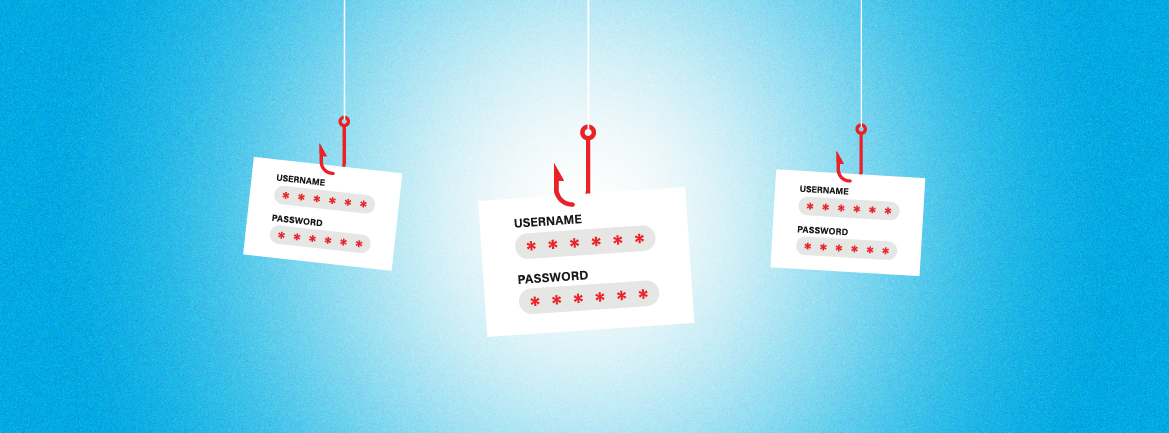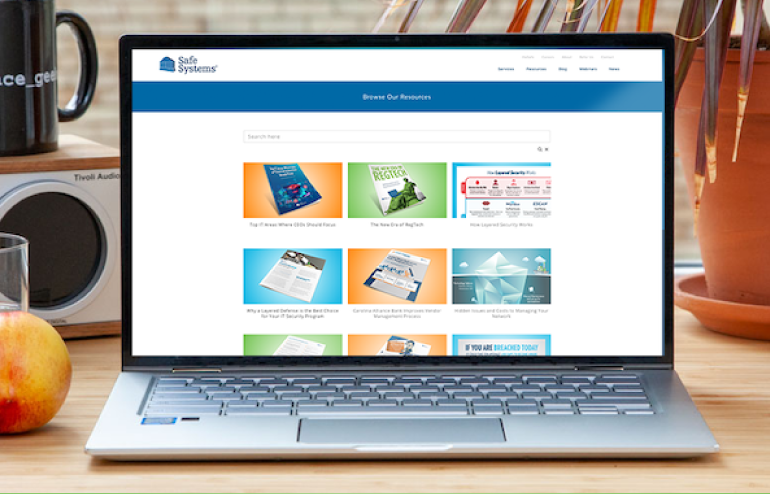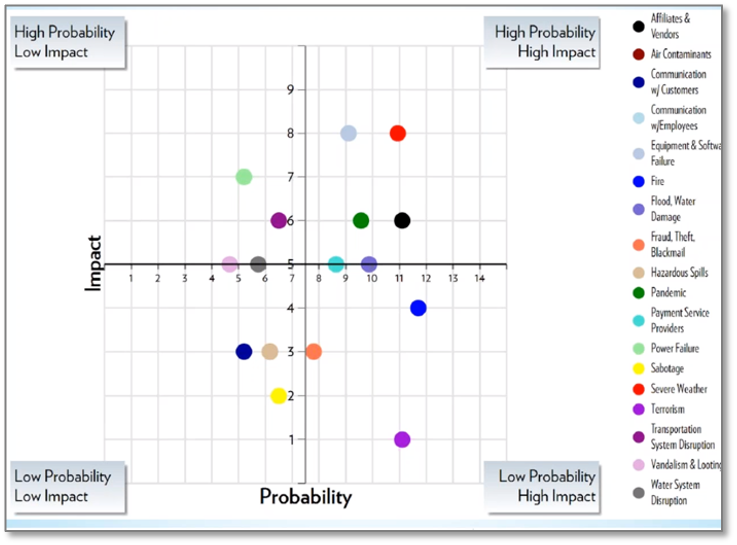
In the world of cybersecurity, an ounce of prevention is worth a pound of cure—especially when it comes to ransomware. Ransomware attacks hit a new target every 14 seconds, disrupting operations, stealing information, and exploiting businesses, according to the Cybersecurity and Infrastructure Security Agency (CISA). As a result of ransomware attacks, US Banks paid out nearly $1.2 billion in 2021, which is up by 188% from 2020 according to the Financial Trend Analysis report [PDF] on ransomware from the US Treasury’s Financial Crimes Enforcement Network (FinCEN). But banks and credit unions that consistently implement best practices can effectively prevent and recover from ransomware attacks.
Prevention Strategies
The ideal strategy is to keep ransomware assaults from happening in the first place, but prevention can be tedious and challenging. As a general practice, institutions should identify and address known security gaps that can enable a ransomware infection. (If there is a loophole, hackers will eventually find it.) Since human mistakes are the root cause of most security breaches, providing ransomware training for employees is a crucial step that institutions can take to reduce their cybersecurity risk. Ransomware awareness training can help staff identify, respond to, and circumvent attacks as well as test their knowledge in a safe environment. Institutions can also limit their security risk by adhering to the principle of “least access” to grant employees the minimum levels of access or permission needed for their job.
As another best practice, institutions can also take a stricter stance on the technical aspects of cybersecurity. They can employ intelligent network design and network segmentation to limit risk by restricting ransomware intrusions to a portion of the network instead of the whole system. Institutions should also have overlapping security solutions to provide layered protection for their systems and networks. Then if a single security element fails, another layer will be in place to compensate.
Response and Recovery Tactics
Even with multiple protective measures in place, there is only so much financial institutions can do to avert a ransomware attack. When a breach happens, the institution must respond immediately to mitigate the impact. This includes implementing pre-established processes for incident response, vendor management, business continuity, and other key areas. Bank management, for example, should have an incident response program to minimize damage to the institution and its customers, according to the Federal Financial Institutions Examination Council (FFIEC) IT Handbook’s Information Security booklet.
Having pre-defined procedures to declare and respond to an incident can be essential to effectively containing and recovering from a ransomware infection. While incident containment strategies can vary between different entities, they typically include the isolation of compromised systems or enhanced monitoring of intruder activities; search for additional compromised systems; collection and preservation of evidence; and communication with affected parties and often the primary regulator, information-sharing organizations, or law enforcement, according to the FFIEC.
In addition, restoration and follow-up strategies for incidents should address the:
- elimination of the intruder’s means of access
- restoration of systems, programs, and data to a “known good state” (using available offline or offsite backups)
- the initiation of customer notification and assistance activities consistent with laws, regulations, and interagency guidance
- monitoring to detect similar or further incidents
Another step in the recovery process might involve notifying an insurance carrier—if the institution has ransomware coverage. However, cyber insurance might not prove to be the ultimate remedy: A policy exclusion could keep the carrier from paying the claim. Or the settlement amount may not fully compensate for the institution’s intellectual property losses, revenue reduction, tarnished reputation, and other damages.
Augmenting Internal Resources
With the growing complexity of ransomware, it can be challenging for institutions to react to and recover from a cyberattack. However, those with limited internal resources can get help from a third-party cybersecurity expert to manage the process. Safe Systems, for instance, offers multi-layered security services that make it easier for community banks and credit unions to enhance their cybersecurity posture, so they can be better equipped to prevent, respond to, and recover from a ransomware attack. For more information about this critical topic, read our white paper on “The Changing Traits, Tactics, and Trends of Ransomware.”





































































































